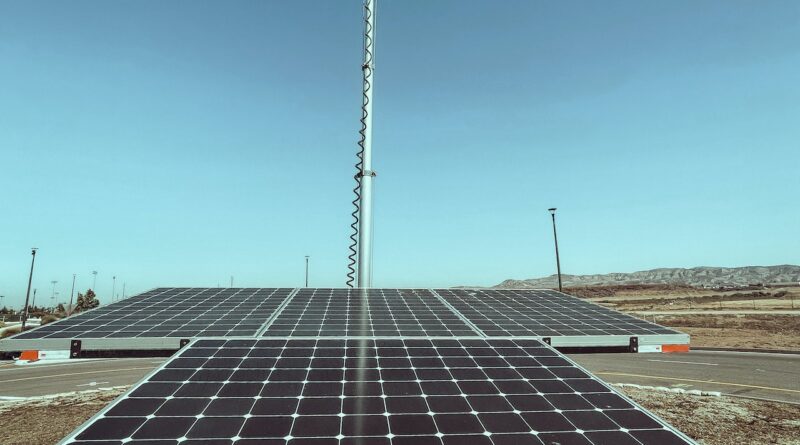The effect of heat on the performance of the photovoltaic installation.
As we have already discussed in other articles related to solar panel performance in cold environments or cloudy skies, photovoltaic energy is not produced through the heat of the sun, but through its radiation. This implies that the absence of heat is not a determining factor in the system’s production. In fact, high temperatures can become a disadvantage.
Performance in summer.
But then, if excessive heat is detrimental to installations, why is summer always considered the best time to take advantage of solar energy? Simply because it is when we have the most hours of sunlight per day. Thus, although performance may not be optimal due to high temperatures, this factor is compensated for by longer production throughout the day.
And if you’re wondering how heat affects panels, we’ll explain it to you below.
Peak power.
If you’re not clear on this concept, peak power, represented in Wp (watts peak), is the maximum capacity that solar panels can reach under specific conditions, such as a temperature of 25ºC, no clouds, and an air mass of 1.5.
This means that the peak power of your panels reflects the maximum they will produce under specific circumstances. This data serves as a reference to know if they are more or less powerful and to compare them with other models, but it does not serve as an expectation of what we will achieve when it is sunny and hot.
In fact, when the temperature is higher than 25 degrees, the panel’s performance decreases on average by 1% for every 2-degree increase. That is why you will often see that on sunny winter days, your panel reaches its peak power. On the other hand, in summer, its instant energy production is sometimes lower than expected due to the overheating of components and excessive wear of photovoltaic cells.
Calculating performance.
First of all, it is recommended to consult the technical sheet of your solar panels. In it, you will see a section on temperature levels, where you can check how much your panel’s power is reduced according to the heat it receives. According to most manufacturers, at 40ºC, panel performance can be reduced by around 80%, although that will depend a lot on the brand and model installed.
In addition, it is necessary to take into account that the panels, being exposed to solar radiation, also heat up, so the increase in the panel’s temperature must be added to the ambient temperature.
Still worth it.
As we said at the beginning of the article, despite the loss of performance due to heat, production remains very high and is compensated for by the greater amount of sunlight and sunny days presented in the summer season. Whether in winter or summer, having a photovoltaic self-consumption installation is profitable.

